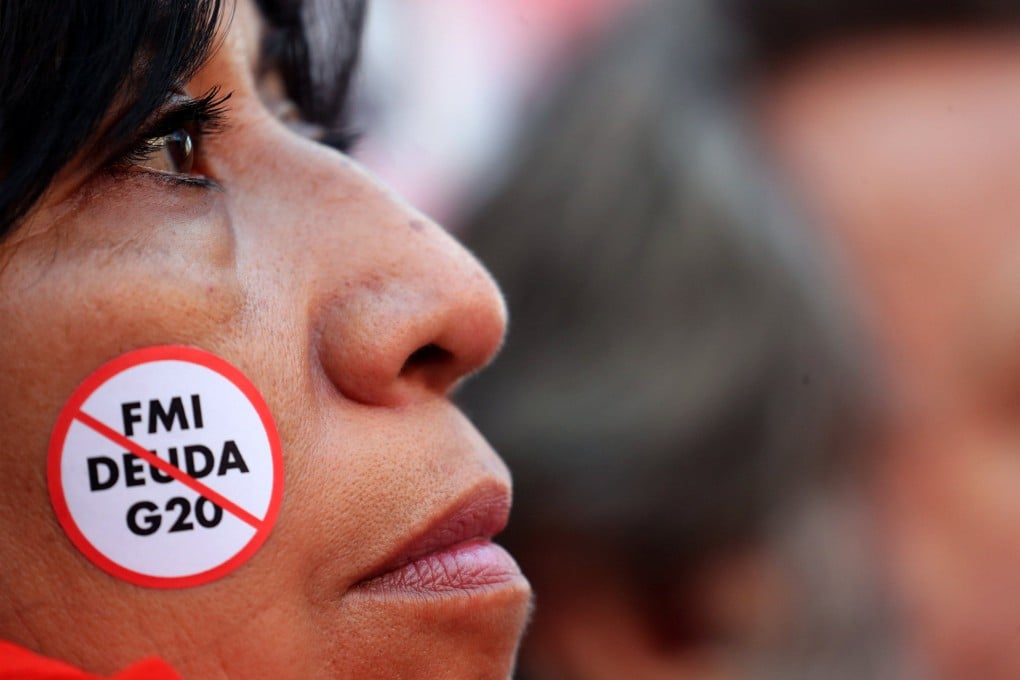The View | Debt deals must become part of a country’s economic plan
- Lessons from the G20’s failed attempts at restructuring sovereign debt must be learned
- Why not explore debt-for-development swaps, where loans are in effect turned into investments, and market-based alternatives such as packaging the debt into securities?

Bankers at the World Economic Forum in Davos are the latest to warn that the sovereign debt of low-income countries has reached a breaking point as high interest rates, the pandemic’s aftermath, sluggish growth worldwide, and a strong dollar persist – troubles that forced Ethiopia’s default last December.
Beyond a general agreement that the framework for debt restructuring is failing while the humanitarian costs escalate, there is a lack of viable solutions. Too much faith is being placed in central banks lowering interest rates from this spring onwards as inflation weakens.
About 60 per cent of low-income countries are at high risk of debt distress or already in it, the World Bank says, fearing “another lost decade”. Interest payments have forced countries to sharply cut investments in public health, education and the environment. Over the past three years, 18 sovereign defaults have occurred in 10 developing countries – more than the total over the past two decades.
Countries near the precipice of default include Argentina, Kenya, Egypt, Lebanon and Pakistan. Many emerging economies see their sovereign debt trading at distressed levels.
In 2022, external debts (borrowed from foreign lenders) of countries with low and middle incomes stood at US$9 trillion, double the amount in 2010. Seventy-five countries with a gross national income per person of less than US$1,315 saw their external debts double from 2012 to 2022, to reach US$1.1 trillion in aggregate.
By any measure, the debt of poor countries cannot be serviced or paid in full since the instalments or total exceeds their capacity to pay, assuming no dramatic improvement in their fortunes – even if all government monies just covered the debt obligations, spending levels were frozen, and no additional loans were obtained. Some countries have added debt at a pace that exceeds both their economic growth and their ability to tax.

